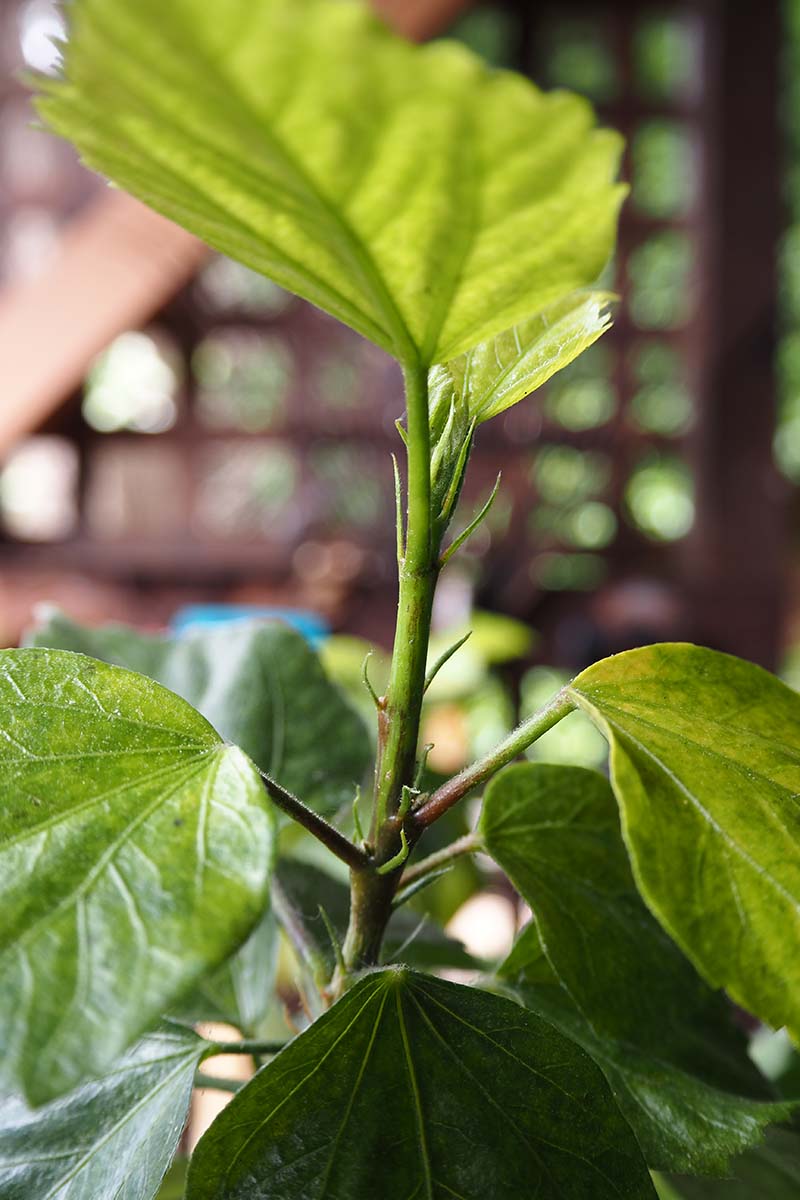If you’ve ever admired the vibrant blooms of a hibiscus plant and wished you could have more of them in your garden, you’re in luck. Propagating hibiscus is much easier than many gardeners realize, and with the right techniques, you can grow new plants successfully without spending extra money at the nursery. In fact, with a few simple steps, you’ll learn how to propagate hibiscus plant like never before!This guide will walk you through the best methods—cuttings, layering, and even seeds—along with expert tips to ensure healthy growth. Whether you’re in the United States, United Kingdom, or Canada, these techniques work beautifully for both tropical and hardy hibiscus varieties.Why Propagate Hibiscus?Before diving into the “how,” let’s talk about the “why.”Cost-effective: You can expand your garden for free.Preservation: Propagation allows you to preserve your favorite hibiscus varieties.Gifting: New hibiscus plants make thoughtful, homegrown gifts.Experimentation: Try different propagation methods and watch your gardening skills bloom.Simply put, when you know how to propagate hibiscus plant like never before, you unlock endless possibilities in your garden.Best Time to Propagate HibiscusTiming matters. For most climates, the ideal time is late spring to early summer when the plant is actively growing. If you’re in a region with colder winters (like parts of Canada or northern UK), it’s best to start indoors before transplanting outside in warmer months.Methods of Propagation1. Propagation by Cuttings (Most Popular)This is the fastest and most reliable method.What you need:Healthy hibiscus plantSharp, sterilized pruning shearsRooting hormone (optional but recommended)Potting mix (well-draining soil)Small pots or containersClear plastic bag (to create a mini greenhouse effect)Steps:Select a healthy, semi-hardwood stem (6–8 inches long) with no flowers.Cut just below a node (where leaves attach).Remove lower leaves, leaving 2–3 at the top.Dip the cut end into rooting hormone.Insert into moist potting mix.Cover with a plastic bag to retain humidity.Place in indirect sunlight and keep soil moist.In 4–6 weeks, roots should develop. Once established, transplant into a larger pot or directly into your garden.2. Propagation by Air LayeringPerfect for larger, woody stems that don’t root easily from cuttings.Steps:Choose a strong, healthy stem.Make a small upward cut halfway through the stem.Insert a toothpick to keep the cut open.Apply rooting hormone to the wound.Wrap with damp sphagnum moss and cover with plastic wrap.Secure with ties and keep the moss moist.After several weeks, roots will appear. Once visible, cut below the rooted section and plant it separately.3. Propagation by SeedsWhile possible, this method is less reliable if you want identical plants (since seeds don’t always produce true-to-type hibiscus).Steps:Collect ripe hibiscus seed pods once they dry on the plant.Soak seeds overnight in warm water.Plant in seed-starting mix, covering lightly with soil.Keep warm and moist until seedlings emerge.This method is great for experimenting with hybrid varieties.Practical Tips for SuccessUse sterile tools: Prevent disease by cleaning pruning shears before cutting.Humidity is key: Hibiscus cuttings thrive in a moist environment, so don’t skip the plastic covering.Patience pays off: Some cuttings root faster than others. Check progress but avoid tugging on the stem too often.Soil matters: Choose a mix that drains well but retains enough moisture for root development.Avoid direct sun: Bright, indirect light works best for young cuttings.Common Mistakes to AvoidTaking cuttings with flowers: These focus energy on blooming, not rooting.Overwatering: Too much moisture can rot the cutting before it roots.Skipping rooting hormone: While optional, it greatly increases success rates.Ignoring temperature: Hibiscus prefers warmth—aim for 65–75°F (18–24°C).Why This Guide WorksMany gardeners struggle with propagation because they miss one or two critical steps. This guide emphasizes humidity, soil quality, and timing—three factors that make all the difference. That’s why, when you follow these instructions, you’ll finally learn how to propagate hibiscus plant like never before!ConclusionPropagating hibiscus may sound intimidating at first, but it’s one of the most rewarding gardening projects you can take on. From cuttings to air layering, each method gives you the chance to multiply your favorite plants and enjoy their tropical beauty season after season.So, whether you’re a beginner gardener or a seasoned plant lover, this is your chance to try something new and watch your hibiscus collection flourish. With the right tools, patience, and care, you’ll soon master how to propagate hibiscus plant like never before—and your garden will thank you for it.✨ Final Takeaway: Propagation isn’t just a gardening trick—it’s a way to grow your garden sustainably, share your passion with others, and keep the beauty of hibiscus alive for years to come.

